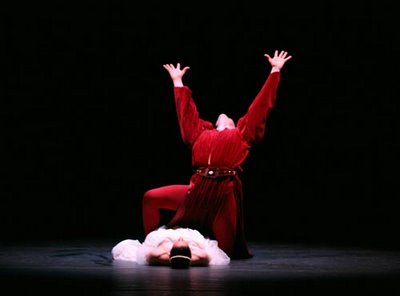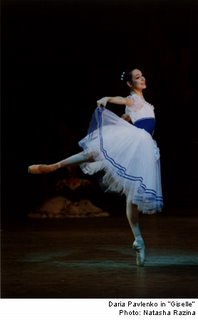Limon Dance Company

“I believe that we are never more truly and profoundly human than when we dance,” proclaimed José Limón (1908-1972), one of the greatest dancers and choreographers of the 20th century and a pioneer of American modern dance. The dancers of the Limón Dance Company, which he co-founded with Doris Humphrey (his teacher and mentor) in 1946, demonstrated the credibility of his words in their spectacular performance at the Clarice Smith Performing Arts Center at Maryland.
Read the review in the October issue of the Ballet.Co. Magazine.





